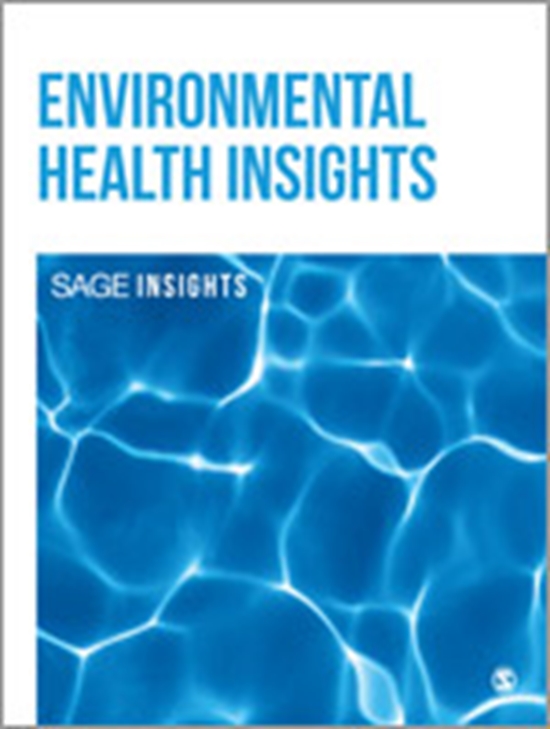Mortality risk related to heatwaves in Dezful City, southwest of Iran
Mortality risk related to heatwaves in Dezful City, southwest of Iran

|
Title |
Mortality risk related to heatwaves in Dezful City, southwest of Iran |
|
Author(s) |
Hamidreza Aghababaeian, Abbas Ostadtaghizadeh, Ali Ardalan, Ali Asgary, Mehry Akbary, Mir Saeed Yekaninejad, Rahim Sharafkhani, and Carolyn Stephens |
|
Published |
2023 Jan 30 |
|
Journal |
Environmental health insights |
|
Abstract |
Background:We aimed to evaluate the impact of heatwaves on daily deaths due to non-accidental, cardiovascular and respiratory causes in the city of Dezful in Iran from 2013 to 2019. Method: We collected daily ambient temperature and mortality and defined 2 types of heatwaves by combining daily temperature ⩾90th in each month of the study period or since 30 years with duration ⩾2 and 3 days. We used a distributed lag non-linear model to study the association between each type of heatwave definition, and deaths due to non-accidental, cardiovascular and respiratory causes with lags up to 13 days. Results: There was no discernible correlation in this area, despite the fact that heatwaves raised the risk of death from cardiovascular causes and lowered the risk from respiratory causes. On the other hand, the risk of total non-accidental mortality on days with the heatwaves is significantly higher than normal days. In main effects, the heatwaves have a significant relationship with the risk of total non-accidental mortality (in the first heatwave definition, Cumulative Excess Risk (CER) in lag0-2 was 10.4 and in second heatwave definition, CER values in lag0, 0-2, and 0-6 were 12.4, 29.2, and 38.8 respectively). Also, in added effects, heatwaves have a significant relationship with the risk of total non-accidental mortality (in the first heatwave definition, CER in lag0 and 0-2 were 1.79 and 4.11 and in the second heatwave definition, CER values in lag0, 0-2, and 0-6 were 7.76, 18.35 and 24.87 respectively). In addition, heatwaves appeared to contribute to a cumulative excess risk of non-accidental death among the male group as well as the older adults. Conclusion: However, the results showed that heatwaves could have detrimental effects on health, even in populations accustomed to the extreme heat. Therefore, early warning systems which monitor heatwaves should provide the necessary warnings to the population, especially the most vulnerable groups |
|
Article Address |
doi: 10.1177/11786302231151538 |




ارسال به دوستان